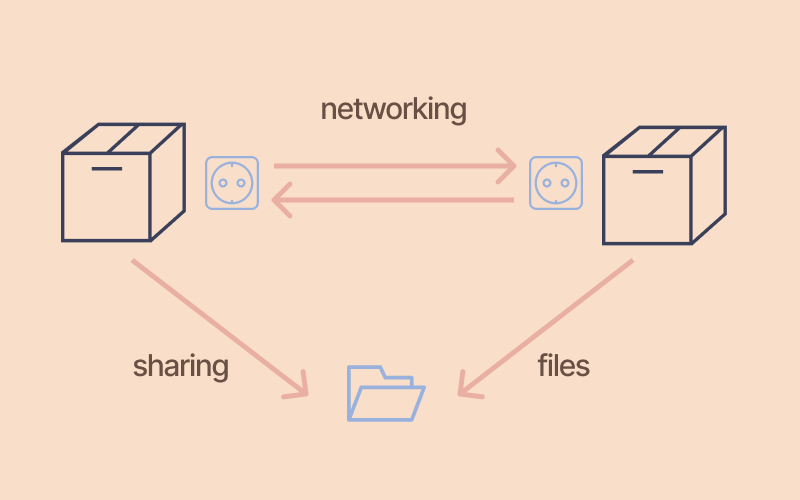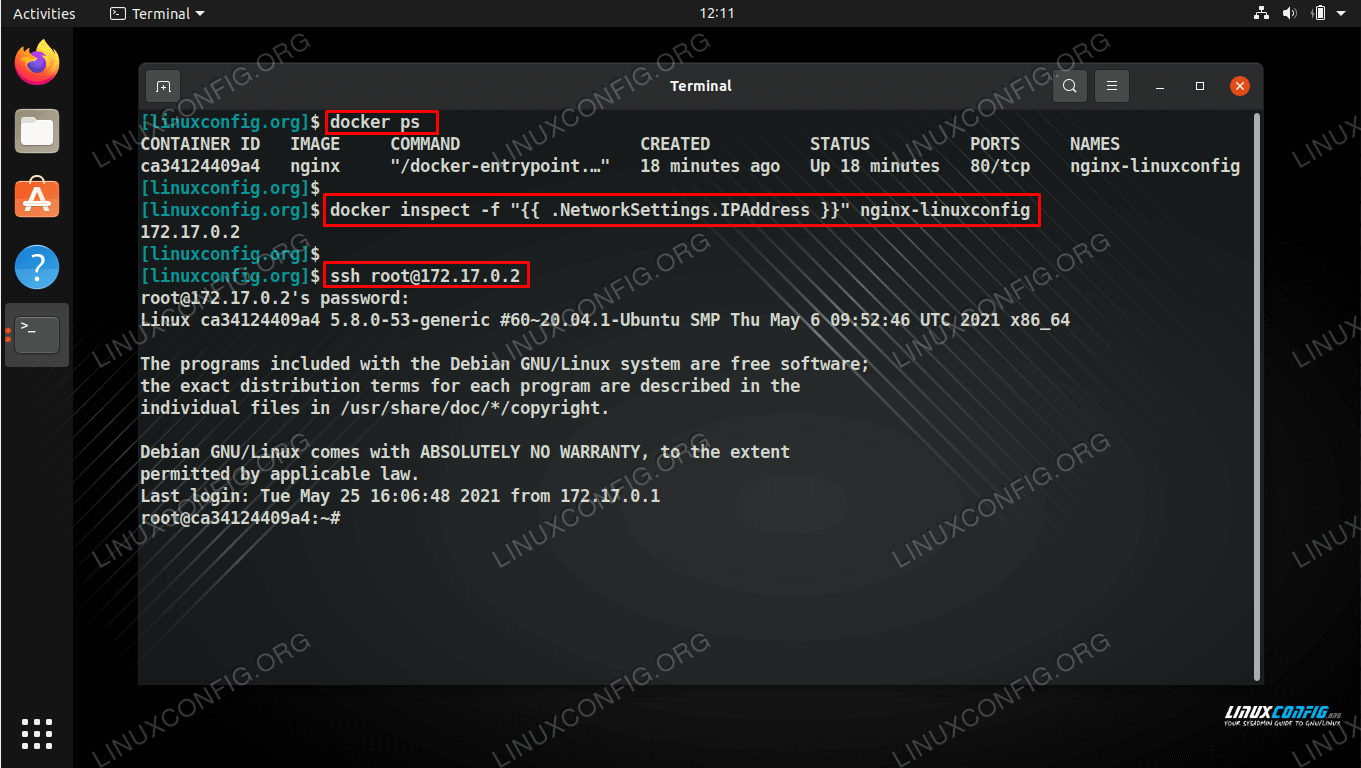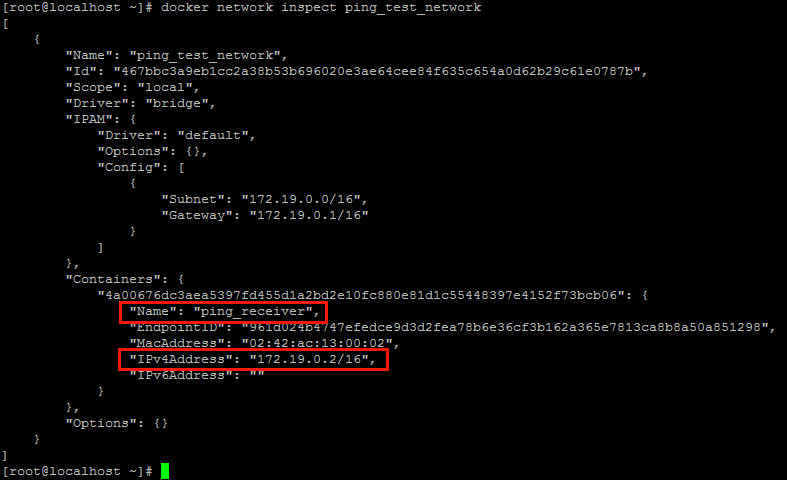
- DOCKER RUN IMAGE WITH HOST IP DRIVER
- DOCKER RUN IMAGE WITH HOST IP SOFTWARE
- DOCKER RUN IMAGE WITH HOST IP FREE
Let’s check the logs to understand the reason. $docker run -d -network host -name my_nginx2 nginx:alpineĮxplanation: In the above snapshot, we have tried to create another container named ‘my_nginx2’ however, if we check the container status, it is in exited status as shown in the below snapshot: – Step 3: Now, let’s create another nginx container and see if it is possible or not. It is because the host network is directly shared with the container. $curl Explanation: In the above snapshot, we can see that the nginx server is easily accessible locally on port 80 without exposing any port from the host to the container. Step 2: Let’s try to access nginx on port 80 from the localhost. $docker run -d -network host -name my_nginx nginx:alpineĮxplanation: In the above example, we have created a container ‘my_nginx’ and attached the host network. Step 1: First thing first, let’s create a container using the Docker image named ‘nginx:alpine’ as shown below:

Scenario: Create an nginx container and try to access it externally without exposing the port. $docker network create host2 -driver=hostĮxplanation: In the above example, we have tried to create a host network named ‘host2’ however, it did not work as we can only create one host network locally. Let’s try to create a new host network using the below command and see what happens. We have to use the below command to connect the host network to a container while running: –Įxplanation: In the above example, we have created a container named ‘my_con’ with the ‘nginx:alpine’ Docker image and used the host network. To list the host network in Docker, we can use the below command: –Įxplanation: In the above snapshot, we can see that we have a host network named ‘host’. Let’s understand it with a few examples: – Example #1 We can use this network mode for a swarm service as well however, it includes some extra limitations for example, if we bind a service container to port 80, then Docker daemon only runs one service container on a given swarm mode.
DOCKER RUN IMAGE WITH HOST IP DRIVER
This driver only works on Linux hosts, and it is not supported on Docker Desktop for Mac, Docker Desktop for Windows, or Docker EE for Windows Server. Host network mode is used to optimize performance as it does not require network address translation. As we know now, the container does not get any IP address assigned when using the host network driver that means if we bind to port 80 to a running container and the container is using the host network, then the application running inside the container is available on port 80 on the host’s IP address, it also means we cannot bind the same port to two different containers. We have to use the ‘–network’ option and specify ‘host’ as an argument to use the host network driver while running a container.

$docker run -d -network host -name my_con nginx:alpine
DOCKER RUN IMAGE WITH HOST IP SOFTWARE
Web development, programming languages, Software testing & others
DOCKER RUN IMAGE WITH HOST IP FREE
So I’m assuming you have done your homework and understand Docker’s basics at this point.Start Your Free Software Development Course If you don’t know about Docker, check out these tutorials that helped me learn it: I’m not going to dive into Docker concepts on this post, as there are tons of excellent posts out there on this subject. To solve this problem I’ll be using a micro EC2 instance running Linux AMI as a sandbox. Imagine you have a bunch of apps in a variety of programming languages, each application should respond to a different domain and you want to bundle everything in the same machine. So this post is about my experience playing with Docker, I hope it can be useful to someone who needs to createĪ virtual host environment using Docker. The same way we can easily do with Apache or Nginx.Īfter struggling a bit to grasp Docker’s concepts and gotchas, I was able to do it and found the result to be pretty cool.Īctually if I ever need to create such environment I’ll use Docker. I was playing with Docker last week and decided to replicate a virtual host environment where different domains should point to different containers


Posted by Thiago Marini on Creating a virtual host environment with Docker


 0 kommentar(er)
0 kommentar(er)
